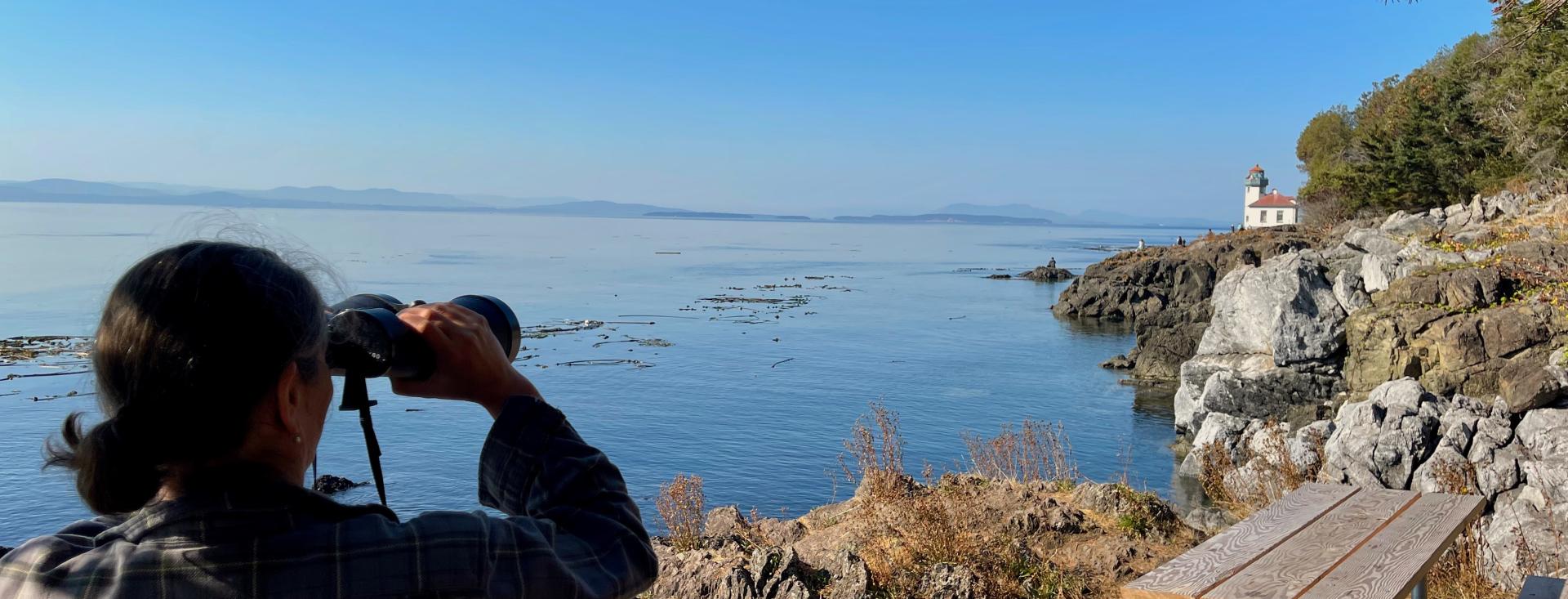
10 Surprisingly Easy Ways to Help the Orca Whales in the San Juan Islands
The first time I ever saw Orca whales was at Lime Kiln State Park on San Juan Island. My husband, daughter and I had hiked all day in the woods above the park and sat on a picnic bench overlooking the Salish Sea at sun set. We were alone, marveling how beautiful the view was, when suddenly the entire Resident Orca J-pod joined us. Really close to shore, too! So close in fact that I looked an Orca straight in the eye!!
They frolicked and spy-hopped and breached and rolled. We were speechless. They fed and socialized by us for about an hour before heading south. The encounter left me changed. It is easy to anthropomorphize animals that big, joyful and gorgeous. That is not my intention. But I felt called. I felt a deep obligation to do everything in my power to insure the survival and health of these magnificent creatures in the wild.
Friday Harbor Whale Museum
Our next stop was the Friday Harbor Whale Museum to learn more and to find out how to get involved in helping these amazing beings. As it turns out, there are so many simple ways to help Orcas in our daily lives, I was surprised. We practice the following ten things in our family and visit our big, black friends as often as we can.
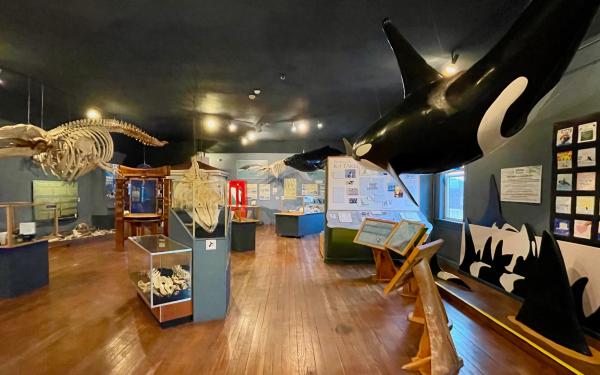
1. Adopt an Orca
The Friday Harbor Whale Museum is the place to go once you have fallen in love with the Orcas. It is the first museum in the nation dedicated to a species living in the wild. It explains their history, habitat and challenges, and has plenty of fun ways to get involved. As a family, we adopted a whale. The proceeds from the adoption program go directly to stewardship, education and research. We also enjoy free admittance to the museum, the monthly whale updates and the personalized adoption certificate, biography and genealogy chart of our Moby. My daughter carries it around with her everywhere.
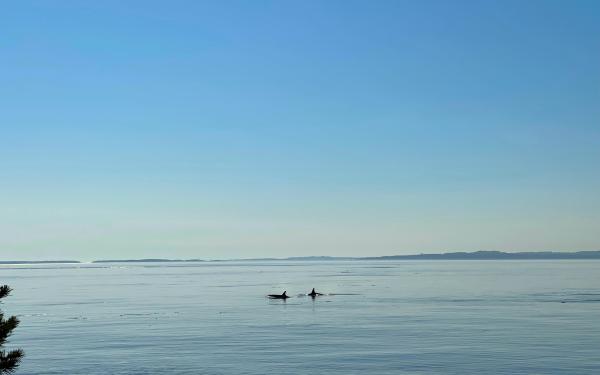
2. Be Whale Wise on the Water
Please follow the Whale Wise guidelines when encountering marine mammals out at sea. Always stay at least 200 yards away (that’s the length of 2 football fields) and keep a clear path in the direction the whales are moving. Slow down to 7 knots within 400 yards. Never touch, feed, disturb or swim with marine mammals.
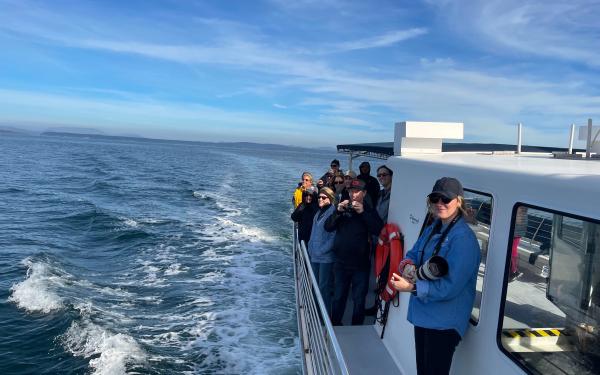
3. Always Approach and Depart from the Side
When coming across whales from the water, always approach and depart from the side and move parallel to the direction of the animal’s travel. If the animal(s) are approaching you, cautiously move out of the way and avoid abrupt course changes. DO NOT approach from the front or behind.

4. Watch Orcas Responsibly
Consider watching whales on a guided kayak tour or from land to avoid contributing to noise and fuel pollution. This way you can hear them breach and sing. There is really nothing like it.
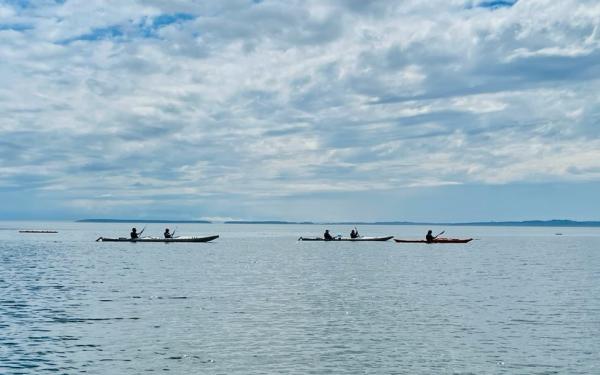
5. Salmon = More Orcas, nuff said!
Wild salmon is a major food source for Orcas, especially the Southern Resident J-Pod, which dine almost exclusively on them. Each orca needs 100-300 pounds of salmon per day to survive. Wild salmon runs have greatly declined in the last century, many populations are threatened and endangered. Wild salmon restoration is key to Orca survival. Consider giving your time and money to one of the many organizations in Puget Sound that are helping to restore healthy salmon runs in the Pacific Northwest.

6. Eat Wild Salmon
It may sound counterintuitive to eat the Orca’s food, but it makes sense. Farmed salmon pens are a great source of pollution, stemming from fish feces, uneaten food and antibiotics given to farmed fish. There are also concerns about transferring diseases, like sea lice, to wild salmon and competing with the wild population for spawning sites. Vote with your dollar and support local Wild Salmon restoration rather than more fish farms.
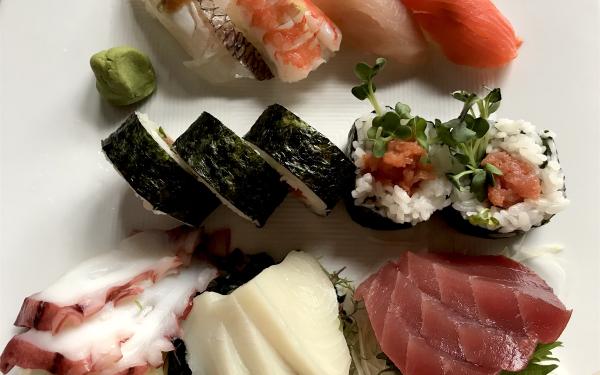
7. Use Non-Toxic Cleaners and Body Care Products
Many cleaning products, laundry detergents and body care products contain hormone disrupting compounds like phthalates, phosphates, chlorine, and triclosan. Those toxins make it into our water ways and eventually our oceans, adding to the body burden of mammals high on the food chain and contributing to reproductive issues. Chose biodegradable and chemical free cleaning supplies and body care products to lighten the toxic load of the Orcas as well as your family. Check out the non-toxic product lines at the cute Spa at Earthbox.
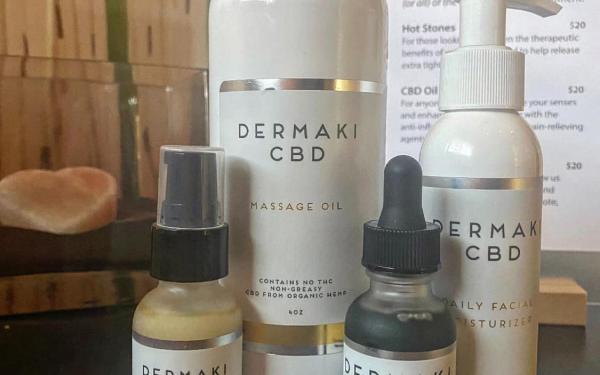
8. Make Your Garden and Lawn Organic
Pesticide and herbicide run-off also greatly contributes to endocrine disruption and reproductive health concerns in mammals. Consider going organic. Almost all farms on San Juan Island are either abstaining from using harmful pesticides and herbicides or are certified organic. Visit a farm and see how it’s done.
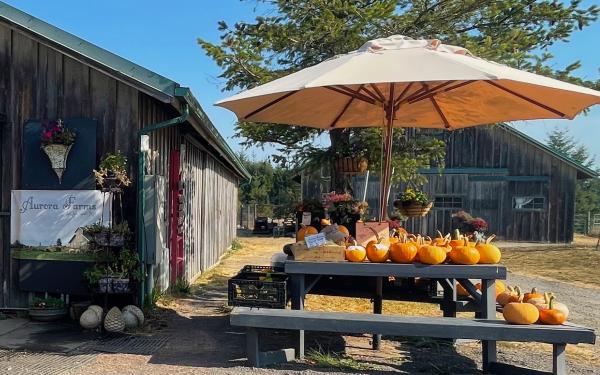
9. Avoid Plastic
You have probably heard of the giant plastic bottle patch deep in the Pacific Ocean. Too many plastic bottles and bags end up in the water, where they will be eaten by tiny animals. Those animals will then be eaten by bigger ones and so forth and so on, and before you know it, the Orcas are consuming plastic, which one of us humans used for about five minutes and then threw out. Use re-usable shopping bags and carry a re-usable water bottle with you as opposed to buying tiny one-time-use bottles. Whenever you buy a six-pack of cans, make sure to cut up the plastic holder it came in, before throwing it out, to avoid entangling creatures in it. This display is an approximation of the plastic content of a whale's stomach.
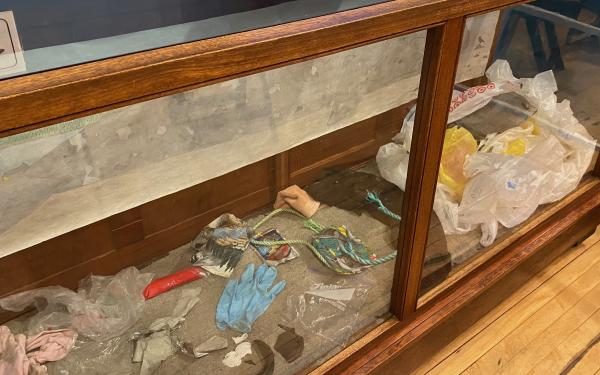
10. Educate Your Kids
We borrowed the earth from our children. Let’s help them be good stewards of it. I have rarely seen my daughter as engaged as when we decided to adopt a whale at the whale museum. It not only instilled a sense of responsibility in her, it also exposed her to all kind of ways to live and make a living, no job fair in the city ever could have.

